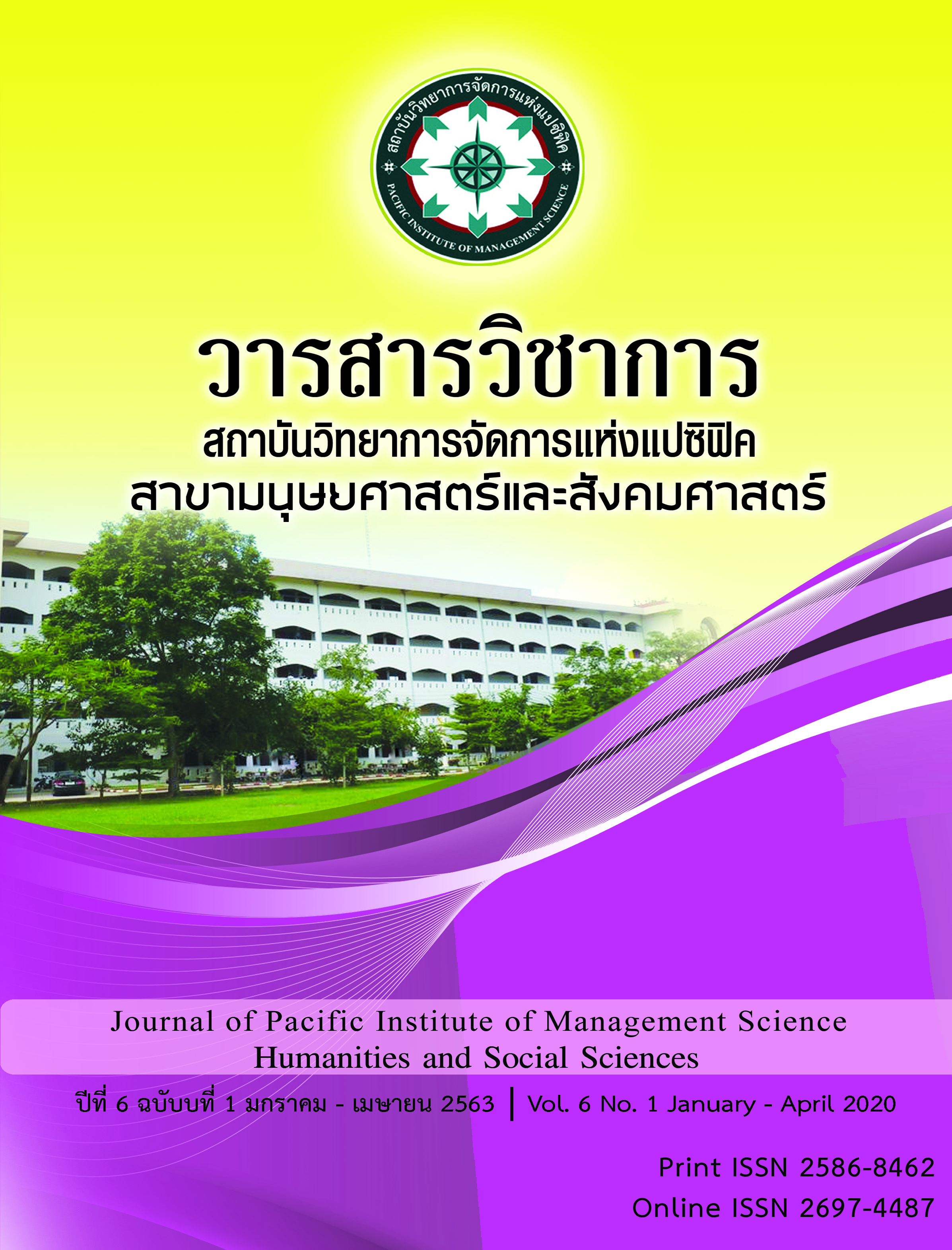Marketing Model of Truck Dealers in Thailand
Keywords:
Marketing Model, Car Dealers, ThailandAbstract
The purposes of this research were to evaluate the importance and compared marketing mix factors, loyalty level factors, relationship between marketing mix factors and loyalty level factors, marketing model of truck dealers in Thailand based on a simple random sample of 385 respondents from customers used to or purchase truck from Hino Company. Statistical treatments used included frequency, percentage, mean, standard deviation, ranking, One Way ANOVA; compare Least Significant Different (LSD), Pearson Correlation, and Multiple Regression Analysis to created successful business operation model. The analysis was conducted by computer.
1. The majority of the customers were male 313 respondents (81.3%), their age respondents 36 – 45 years 152 respondents (39.5%), education attend bachelor degree 184 respondents (47.8%), their occupation owner business 219 (56.9%), average income per month more than 55,000 Baht 216 respondents (56.1%), and majority used to purchase 1 – 10 trucks 245 respondents (63.7%)
2. Finding indicated that all area of studies became marketing mix price service provider area of Hino’s customers with very high significance level, but in the area of salesman products promotion and physical environment area customers with very high significance level. However, the raking by mean in term of the marketing mix were price (x̄ = 4.50), service provider (x̄= 4.39) salesman (x̄ = 4.15) product (x̄= 4.08) marketing promotion (x̄= 4.05) place (x̄= 4.02) and physical environment (x̄= 3.81)
3. Finding indicated that all area of studies became area of brand loyalty of Hino’s customers with high level. However, the raking by mean in term of the first advised other people to purchase Hino (x̄= 4.05), Hino truck was good vehicle area (x̄= 4.02), will purchased Hino truck in future (x̄= 3.90), enhance and encourage other purchased Hino truck (x̄= 3.88), and loyalty area namely will purchased Hino truck even it expensive than other (x̄= 3.66) respectively.
4. Hypothesis tested found that there were not significant different of important level of marketing mix factors classified by gender, age, occupation, education attend, and income per month
5. Finding indicated the relative between marketing mix and brand loyalty namely advised other people to purchase Hino and will purchased Hino truck even it expensive than other were moderate level same direction, but overall area of loyalty and will purchased Hino truck in future area were low level same direction.
6. Marketing model of truck dealer in Thailand = 1.165 + 4.503X1 +1.863 X3 + 1.254X4 +7.551X5 + 4.338X7 If considered the affected factors of marketing factors on marketing model of truck dealer in Thailand were involve with constant factor 1.165 ,(X5)salesman area marketing model were the highest affected (7.551 ), (X1) products (trucks) affected (4.50), (X9) service provider affected (4.288), place affected (1.863)and promotion area affected (1.254) respectively. However this model had confident level 71% (R Square = .71)
References
อำนวย พงษ์วิจารณ์ (2555) กรรมการบริหารอาวุโส บริษัท ฮีโน่มอเตอร์สเซลส์ (ประเทศไทย) จำกัด,ภาพรวมตลาดรถบรรทุกในปี 2555, หนังสือพิมพ์ฐานเศรษฐกิจ
หนังสือพิมพ์ฐานเศรษฐกิจ (2556), ส่วนแบ่งตลาดยอดขายรถบรรทุก, หนังสือพิมพ์ฐานเศรษฐกิจ ปีที่ 33 ฉบับที่ 2,817 วันที่ 10 - 13 กุมภาพันธ์ พ.ศ. 2556
อิงอร ชัยยันต์. (2550). ปัจจัยที่มีผลต่อความต้องการซื้อรถยนต์มือสอง ดุษฎีนิพนธ์ บัณฑิตวิทยาลัย มหาวิทยาลัยศรีนครินทรวิโรฒ.
เอกชัย พันธุลี. (2553). ปัจจัยที่มีอิทธิพลต่อพฤติกรรมการตัดสินใจซื้อรถยนต์เชฟโรเลต อาวีโอของวิทยานินิพนธ์บัณฑิตวิทยาลัย มหาวิทยาลัยศรีนครินทรวิโรฒ.
เอ็นจี (CNG) ของผู้บริโภค ในเขตกรุงเทพมหานคร. วิทยานิพนธ์ ปริญญาบริหารธุรกิจมหาบัณฑิตบัณฑิตวิทยาลัย มหาวิทยาลัยศรีนครินทรวิโรฒ.
Anne Goodchild1 and Karthik Mohan1 (2013), The Clean Trucks Program: Evaluation of Policy Impacts on Marine Terminal Operations1Department of Civil and Environmental Engineering, University of Washington, 121E More Hall, Box 352700, Seattle, WA 98195-2700, USA
Kotler, Philip. (2003). Marketing Management. Englewood Cliffs: Prentice Hall. Meyer
Research Center by POPAL. 1995.
Kotler Philip, Kevin Lane Keller (2010). A Framework for Marketing Management. Fourth Edition . Pearson Education Inc, Upper Saddle, New Jersey, USA, 2009: 110
Martens, Martijn (2009), -Business in third-party logistics: driving the truck for information sharing , Dissertation ,MB: Management and Governance Alexander University Sofia, Bulgaria
Wenjuan Zhaoa and Anne V Goodchildb,(2013) Using the truck appointment system to improve yard efficiency in container terminals aWashington State Department of Transportation, 310 Maple Park Avenue SE, PO Box 47407, Olympia, WA, USA.
Downloads
Published
Issue
Section
License
บทความที่ได้รับการตีพิมพ์เป็นลิขสิทธิ์ของ สถาบันวิทยาการจัดการแห่งแปซิฟิค
ข้อความที่ปรากฏในบทความแต่ละเรื่องในวารสารวิชาการเล่มนี้เป็นความคิดเห็นส่วนตัวของผู้เขียนแต่ละท่านไม่เกี่ยวข้องกับสถาบันวิทยาการจัดการแห่งแปซิฟิค และคณาจารย์ท่านอื่นๆในสถาบันฯ แต่อย่างใด ความรับผิดชอบองค์ประกอบทั้งหมดของบทความแต่ละเรื่องเป็นของผู้เขียนแต่ละท่าน หากมีความผิดพลาดใดๆ ผู้เขียนแต่ละท่านจะรับผิดชอบบทความของตนเองแต่ผู้เดียว







